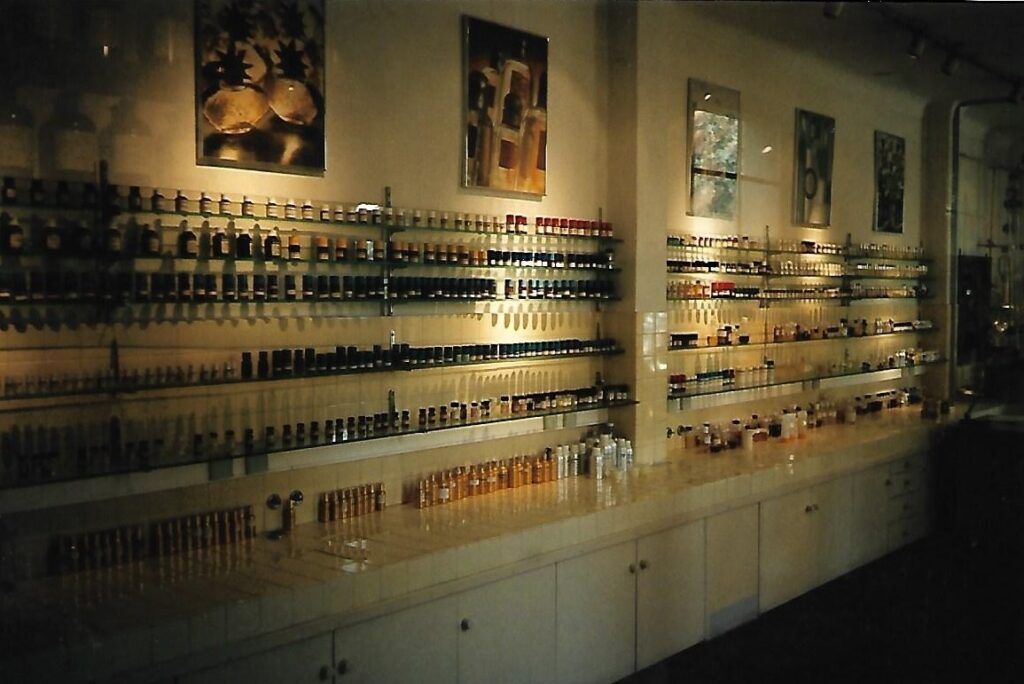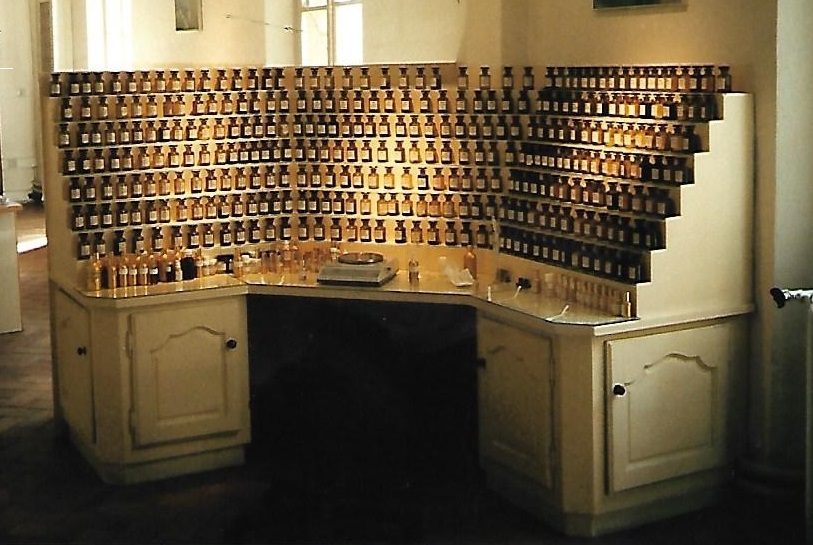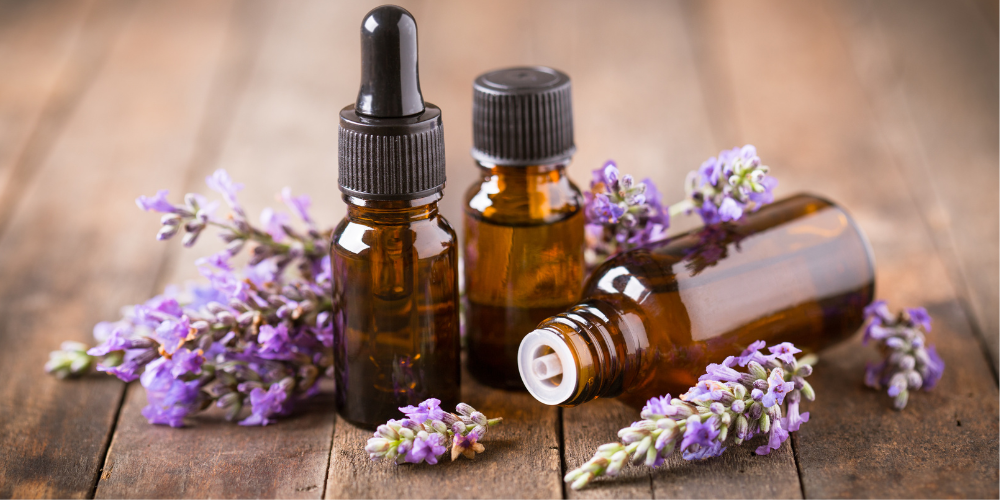I Had To Find Out For Myself!
I have a deep passion for Aromatherapy and firmly believe that it represents an evolving alternative healing modality that should be integrated into medical school curricula.
However, in 2004, an exploration of Aromatherapy in France brought about some unexpected revelations. Having immersed myself in the study of Aromatherapy since 1999 and subsequently teaching it since 2001, I earned the approval of the BCAOA (British Columbia Alliance of Aromatherapy). I take pride in acknowledging the tireless efforts of Canadian Aromatherapy Associations in elevating the standards of this field. I wholeheartedly commend all those who have contributed to this ongoing endeavor.
In my view, when one undertakes the responsibility of teaching a subject, it becomes imperative to strive for a comprehensive understanding of that subject. Consequently, in 1999, I founded an accredited institution, the Canadian Institute of Natural Health and Healing, aimed at empowering students to take control of their spiritual, emotional, mental, and physical well-being. I believe that Aromatherapy holds the potential to facilitate such holistic healing. My curiosity led me to France in March 2004, where I aimed to witness firsthand how the French integrated Aromatherapy into their healthcare systems, particularly within hospitals.
Before embarking on this journey, I scoured the internet for information about places to visit in France. However, finding healthcare professionals who utilized Aromatherapy proved to be a challenge. I even enlisted my daughter, who was fluent in French, to help translate French websites in my pursuit. Nevertheless, I remained optimistic that I would encounter experts once I reached Paris, given its rich history of perfume and essential oil production.
Our arrival in Paris was awe-inspiring. My husband and my teenage children had never visited the city before and were captivated by its grandeur. I, too, had fond memories of my first visit at the age of nineteen. Our first morning was dedicated to exploring the aromatherapy and perfumery scene in the city. I consulted the concierge at our hotel, seeking guidance on which hospital I should visit to discuss the use of aromatherapy in medical settings. To my surprise, I was told rather bluntly that aromatherapy was not practiced in hospitals because they were government-run institutions. Instead, I was directed toward holistic practitioners if I wished to explore aromatherapy.
Undeterred by this setback and maintaining my belief that France was at the forefront of aromatherapy’s medicinal use, as taught by my own instructor and the association, I continued my search. Our first stop was at the ‘Fragonard Parfumeur,’ a renowned perfume manufacturer operating since 1926. One of the staff members informed me that I might find what I sought in the south of France, particularly in the town of Grasse, known as the capital of perfume manufacturing.
Subsequently, we took a train to Cannes and, the next day, embarked on a somewhat harrowing journey by renting a car for a bumper-to-bumper drive to Grasse. This historic town still retained its old-world charm, with buildings echoing a bygone era. Many places offered tours that demonstrated the perfume-making process. Our first stop was ‘Molinard,’ a perfumery founded in 1849. Since the tour was conducted in French, I sought permission from the hostess for my daughter to translate for me. Unfortunately, photography was prohibited during the tour. Nevertheless, I gleaned some fascinating insights, including the use of modern steam distillation in producing essential oils, similar to the method employed in aromatherapy. I also learned that perfumes were formulated seasonally, with specific fragrances intended for each season. The tour concluded in a sales room where visitors could purchase a variety of perfumes. While I was primarily interested in aromatherapy, I was delighted to find a table with aromatherapy products. Surprisingly, they offered only four pure essential oils: Lavender, Tea Tree, Ylang Ylang, and Orange. When I inquired about additional options, an English-speaking staff member informed me that ‘Molinard’ had attempted to produce and sell aromatherapy products in 1999 but had not succeeded in generating sufficient sales, leading to the discontinuation of the line. I expressed my frustration at the scarcity of aromatherapy products and thanked her before purchasing a few essential oils, perfumes, and a $150.00 book on the history of perfumes. Our journey then took us to the next manufacturer, ‘Fragonard,’ which was the same Perfumery we had visited in Paris, but this time, it was their museum. Fortunately, we were granted a private English-speaking tour exclusively for my family. Our guide patiently answered all my questions and allowed us to take photographs freely. It was enlightening to witness how soap and perfume were crafted using distilled essential oils. Although ‘Fragonard’ did not offer aromatherapy products, I found the information about their perfumist intriguing. Their perfumist had undergone two years of schooling and many years of apprenticeship, accumulating twenty-five years of experience at ‘Fragonard.’ His highly attuned nose was considered one of the best in France. He worked for approximately four hours a day, which was two hours longer than most perfumists could manage. His role involved creating two to three new perfumes annually for the company. It fascinated me to learn that some perfume blends incorporated up to two thousand different oils. At ‘Fragonard,’ I concluded my visit by purchasing soap and perfumes, which came in solid metal containers sealed with a cork to preserve their scent.



Determined to exhaust all possibilities, we visited a third establishment in search of aromatherapy products. This time, I directly asked the cashier where I could find such products. To my delight, I was directed to a pharmacy. I was hopeful that this would finally lead me to firsthand knowledge of how professionals in France utilized aromatherapy in their practices.
Accompanied by my daughter, we entered the first pharmacy we encountered in Grasse. The pharmacy was rather small, with a narrow aisle allowing space for only two people. I approached the pharmacist and, with my daughter’s assistance, as he did not speak English, inquired about aromatherapy. He pointed to a shelf displaying a box containing five of the twenty available pure essential oils. I proceeded to ask about their usage, to which he replied, “for baths or as room fragrances.” This response was not quite what I had anticipated. Nonetheless, he graciously provided me with some literature, and I thanked him before departing.
Upon returning to Paris, we continued our quest for aromatherapy products, but the pharmacy we entered also did not offer them. Our next day was spent with family members living in Paris, and I hoped to glean the information I sought from them. Unfortunately, I received the same response from them as I had from others: aromatherapy was primarily practiced by holistic practitioners. This revelation left me feeling somewhat disappointed, as I had anticipated a more pervasive integration of aromatherapy into mainstream healthcare.
Nonetheless, my trip to France provided invaluable firsthand knowledge about aromatherapy and perfumery. I now realize that the medicinal use of aromatherapy in Canada is comparable to its practice in France and England. However, one of my students shared her firsthand experience of aromatherapy’s medicinal application during her time in Australia. This intriguing revelation has sparked my curiosity, hinting at a potential future adventure Down Under.


